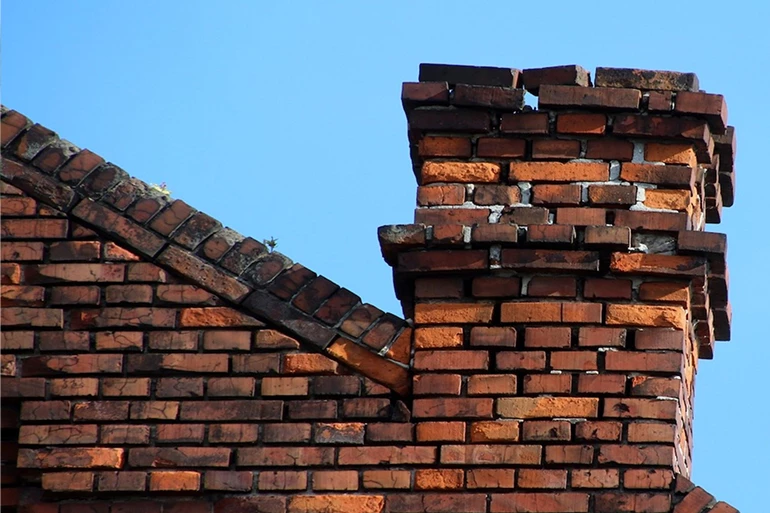DIY Fireplace Maintenance Guide
Seasons change. Fireplace use goes up and down, but you should still perform a maintenance check of your fireplace regularly. As it gets warmer and spring blossoms, you'll find that this is the best time to conduct gas fireplace maintenance.
This is especially true if you use your fireplace more than a few times per season or if it is vital to your home's warmth. Experts suggest that it would be best to do the bulk of your yearly maintenance when the cold seasons end, but while it's still fresh in your memory. This way you can avoid the risk of having your fireplace out of commission before the next cold season is upon you.
But, you should always be sure to inspect your fireplace at the beginning of the season, too.
Considering that gas and electric fireplaces are quickly becoming the most common fireplaces homeowners encounter, most consumers don't consider the regular maintenance and cleaning that these hearth appliances need.
In this article, eFireplaceStore will provide some excellent maintenance tips and strategies to help you keep your fireplace in pristine condition year-round. We'll take you through each type of appliance, a workable maintenance schedule, and even shed light on some unanticipated maintenance hurdles you may encounter with each venting method.
To start, we'll cover all the ins and outs of gas fireplaces.


